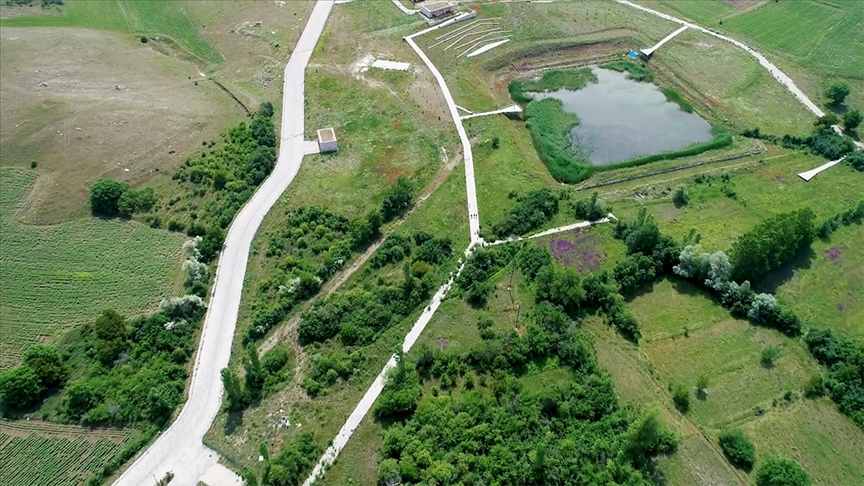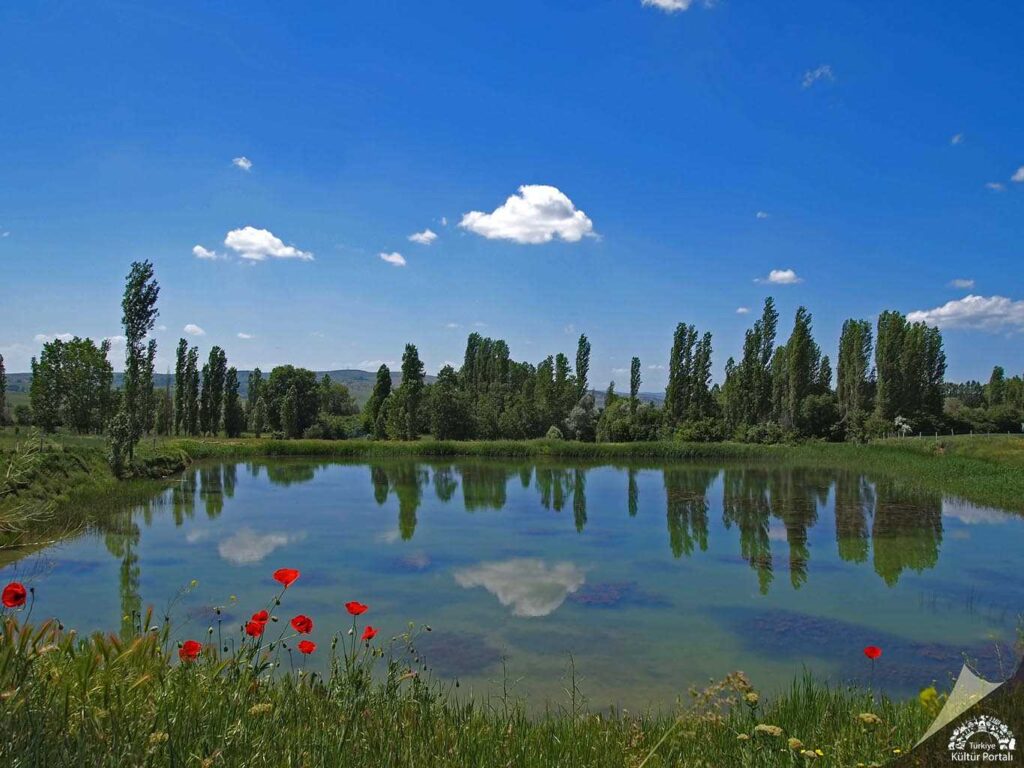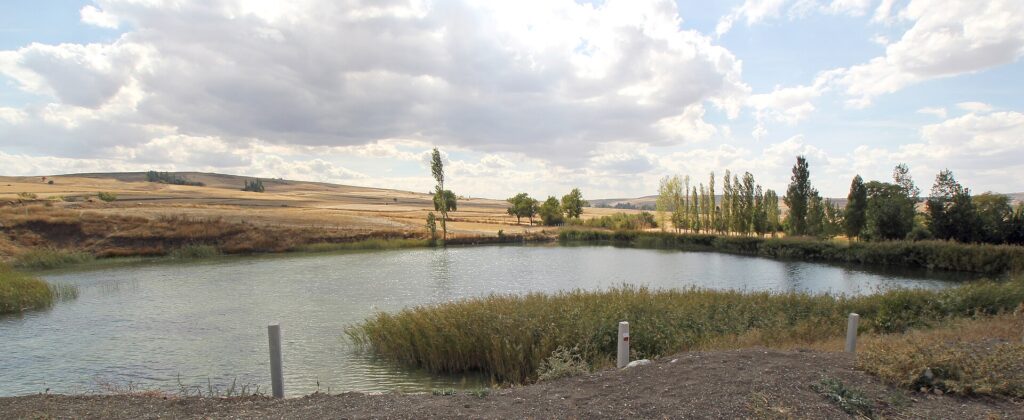
The 3,300-year-old Hittite Dam has been added to the World Heritage Irrigation Structures List
The Gölpınar Hittite Dam, built by the Hittites, one of the ancient civilizations of Anatolia and considered one of the oldest irrigation systems in the world, has been added to the World Heritage Irrigation Structures List by the International Commission on Irrigation and Drainage (ICID).
The World Heritage Irrigation Structures List is organized by the International Commission on Irrigation and Drainage (ICID), which began its activities in 1950 with 11 founding members, including Türkiye, and is headquartered in New Delhi, the capital of India.
Since 2014, the International Commission on Irrigation and Drainage (ICID) has been awarding the WHIS (World Heritage Irrigation Structures) award to recognize irrigation structures that are over 100 years old and still in active use.

Türkiye submitted its candidacy for the Gölpınar Hittite Dam in 2024. During the 75th International Management Board Meeting held in Sydney, Australia, the International Commission on Irrigation and Drainage (ICID) announced that the Hittite Dam was awarded the WHIS award, qualifying it for inclusion in the World Heritage Irrigation Structures List.
📣 Our WhatsApp channel is now LIVE! Stay up-to-date with the latest news and updates, just click here to follow us on WhatsApp and never miss a thing!!
In 2023, the 2,800-year-old Shamran Canal, located in Van, was awarded the WHIS award, qualifying it for inclusion in the World Heritage Irrigation Structures List.
The Hittite Dam, built by the Hittites and considered one of the oldest irrigation systems in the world, was constructed around 1240 BC. The dam is located in the Alaca district of Çorum, approximately 1.5 kilometers southeast of the ancient city of Alacahöyük.
The dam, built in a rectangular shape, measures approximately 100 x 110 meters. The water obtained from the dam was transported to Alacahöyük via a canal approximately 1.3 kilometers long, which was used for irrigating agricultural fields. Its spillways, water settling pool, and clay plastering that reduces permeability are considered some of the most advanced water structures of its time.

The dam is an important structure that showcases the knowledge and skills of the Hittites, who developed water control systems even before the Egyptians.
The dam at Alacahöyük, one of the most important administrative and religious centers after the Hittite capital Hattusa, was partially uncovered in 1935 by Turkish archaeologists Hamit Zübeyir Koşay, Remzi Oğuz Arık and Mahmut Akok. It was fully uncovered during the renovation excavations that began in 1997 under the direction of Prof. Dr. Aykut Çınaroğlu.
Between 2002 and 2007, the dam was rehabilitated by the General Directorate of State Hydraulic Works (DSİ) in coordination with the Ministry of Culture and Tourism, the Turkish Historical Society, Anadolu University, the Çorum Governorship, and the Alacahöyük Municipality.
A fragment of a stele found during the excavations, inscribed with Luwian hieroglyphs, indicates that the dam was dedicated to the goddess Hepat.
The Gölpınar Hittite Dam currently has the capacity to hold approximately 25,000 m³ of water and is used to irrigate 20 hectares of agricultural land. However, due to neglect, the dam has become overgrown with vegetation in recent years.
You may also like
- A 1700-year-old statue of Pan unearthed during the excavations at Polyeuktos in İstanbul
- The granary was found in the ancient city of Sebaste, founded by the first Roman emperor Augustus
- Donalar Kale Kapı Rock Tomb or Donalar Rock Tomb
- Theater emerges as works continue in ancient city of Perinthos
- Urartian King Argishti’s bronze shield revealed the name of an unknown country
- The religious center of Lycia, the ancient city of Letoon
- Who were the Luwians?
- A new study brings a fresh perspective on the Anatolian origin of the Indo-European languages
- Perhaps the oldest thermal treatment center in the world, which has been in continuous use for 2000 years -Basilica Therma Roman Bath or King’s Daughter-
- The largest synagogue of the ancient world, located in the ancient city of Sardis, is being restored











Leave a Reply